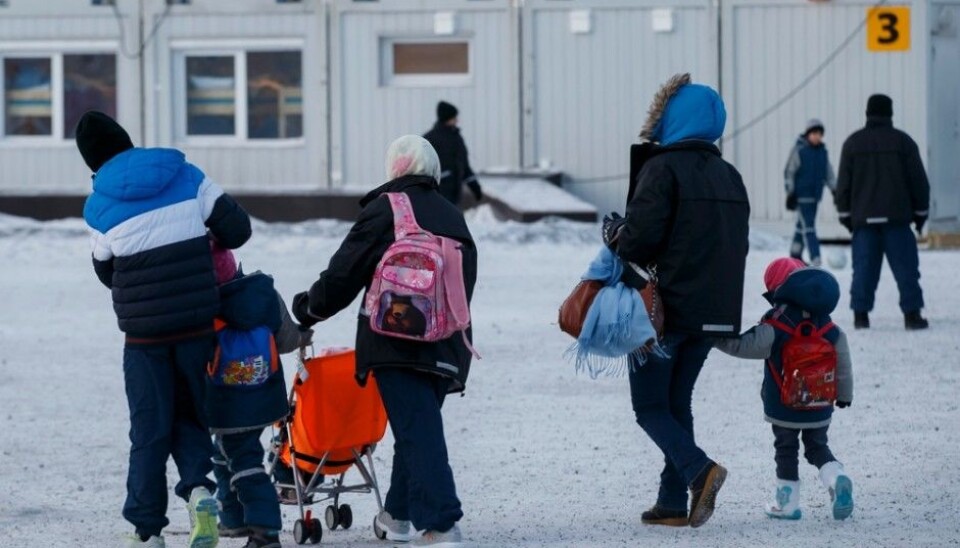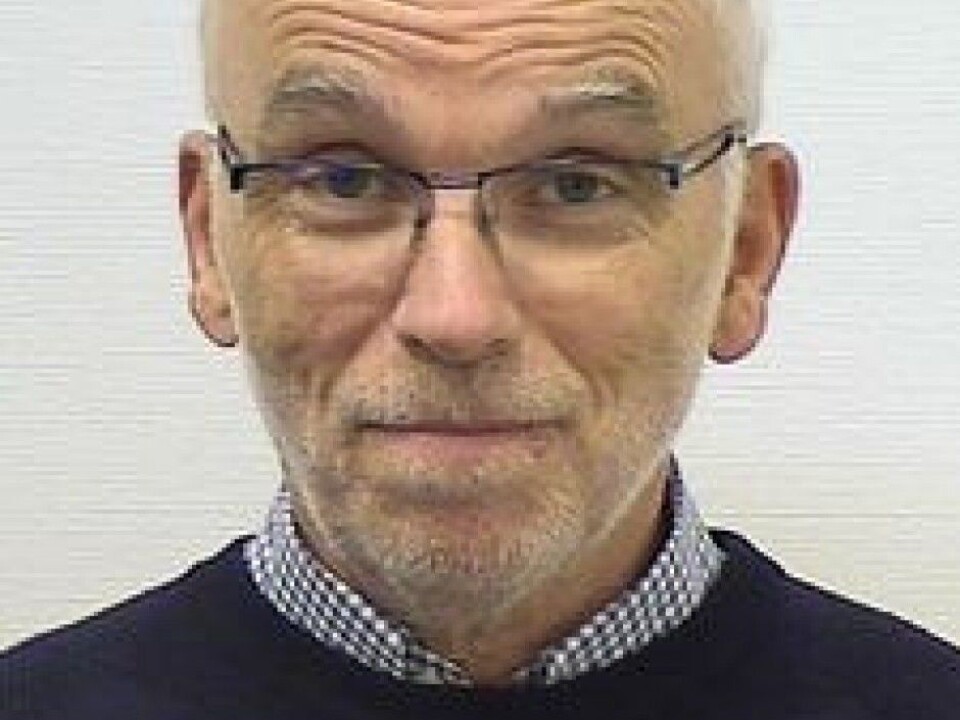
Refugees’ mental health must be dealt with
Many refugees are on the brink of developing serious mental illnesses. Bad things can happen if they are left to deal with traumas on their own.
Denne artikkelen er over ti år gammel og kan inneholde utdatert informasjon.
We know that many of the refugees who come to Norway have been exposed to war and abuse. The way they are received in Norway has a major impact on whether they develop mental illnesses, claim two researchers who treat traumatised refugees.
“Experience has taught us plenty about what kind of burdens the refugees bear and what needs must be attended to for success in preventing them from developing an illness,” says Birgit Lie.
She works at the hospital’s Specialist Clinic for Trauma and Psychosomatics. Her research has included treatment of Bosnian and Kosovo Albanian refugees and helping them tackle their psychological injuries after experiencing war and torture.
Her study showed that very few of these refugees receive help for their problems.
A lag of 11 years

Sverre Varvin, a professor at Oslo and Akershus University College (HiOA), is running a study of traumatised refugees. A distressing find involves the follow-ups of persons who have been in bloody combat situations and subjected to torture.
“We have found that on average it takes 11 years from refugees’ arrival in Norway until they enter treatment.”
He says it is important to start providing treatment much sooner. Health checks should be quickly initiated to chart whether persons are at risk of developing mental illnesses.
“The Norwegian Directorate of Health has not implemented tangible measures as far as I’m aware. Nor have they contacted us as professionals about what they should do. Even though it is known that intervening as early as possible is crucial for the prognosis.”

Pregnant women and single mothers should be quickly identified. An important step is to prevent poor contact between mother and child, which in turn can lead to serious health problems. Another urgent issue is to find out early which refugees have been subjected to torture.
Heavy costs of procrastination
Refugees who are in danger of aftereffects from acute traumas should get information about what is in store for them. The body’s defence mechanisms let down their guard once they are safe and secure in a Nordic country, and this is when mental illnesses can set in, according to the trauma researcher.
“My suggestion to the Directorate of Health is to put together solid teams of doctors, psychologists and public health nurses and give them responsibilities for each refugee centre. We have a fairly professional health care system and can quickly build up the resources that are out there in the municipalities. They only need a little instruction. The staff at the refugee centres should also be given courses in mental health,” says Varvin.
Early interventions cost little and help prevent deterioration of a mental health problem. The costs can multiply significantly if we drag our feet.
“Research is unambiguous here. When individuals have knowledge about troublesome and frightening symptoms they become more able to take care of themselves. It’s also valuable for refugees to simply have someone they can talk to, so they feel understood and don’t isolate themselves.”
Public health services need help
Birgit Lie at the Hospital of Southern Norway thinks the health system faces some major challenges as Norway is taking in so many refugees. The refugees should as soon as possible be enrolled in the nation’s system of linking every individual to a local GP.
“Soon after their arrival the refugees need to be seen and heard and concerns about them should be assessed as early as possible. If their problems mount they can lead to illness.”
But Lie doesn’t think the primary and secondary health care services are really capable of doing this on their own.
A smile and friendly look can mean it
The health services are not the only ones who need to intervene and provide help and care.
The public has to join in.
“Help is not synonymous with treatment. A smile and friendly eyes are universal and this can make all the difference for a refugee. A nice comment from you or me can help prevent people from giving up.”
Lie explains that her department at the Hospital of Southern Norway is now discussing how they can bring in resources from volunteers and the private sector. A refugee project in in Southern Norway shows that integration of refugees becomes much simpler if the local residents get involved.
“We must find partners in cooperation out in the municipalities.”
Lie is concerned that what she calls ignorant rhetoric in the media can frighten people away from contacting refugees. Examples of such rhetoric include describing refugees in terms that create unnecessary fears and attitudes, such as saying that refugees are “flooding in” and that they are “ticking time-bombs”.
Referring to them in such terms leads to unfounded antagonisms which can be detrimental to the mental health of those who are arriving.
“Make contact and get acquainted. This is like any neighbour who comes from another place, but it’s a place a little farther away. People are people. They should not be treated as a group. They should be heard and viewed as individuals.”
-------------------------------------
Read the Norwegian version of this article at forskning.no
Translated by: Glenn Ostling

































